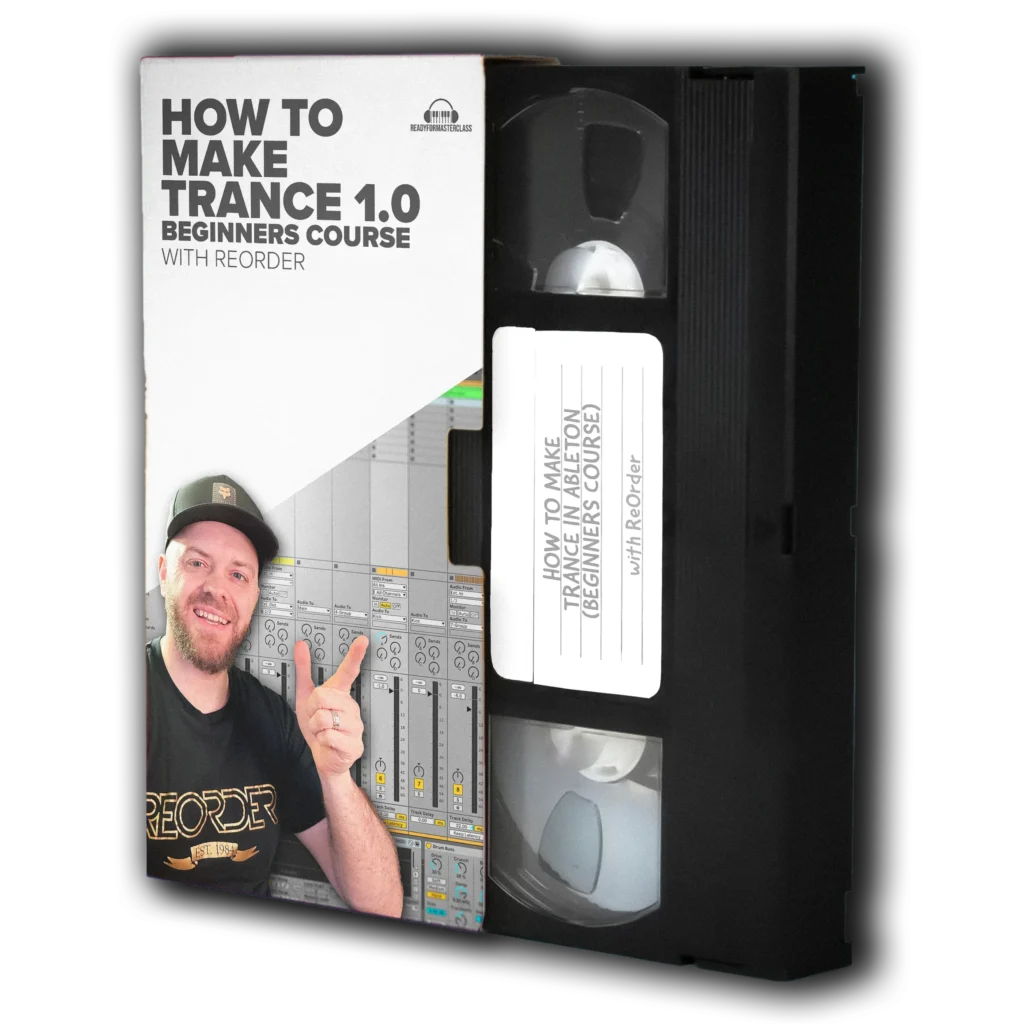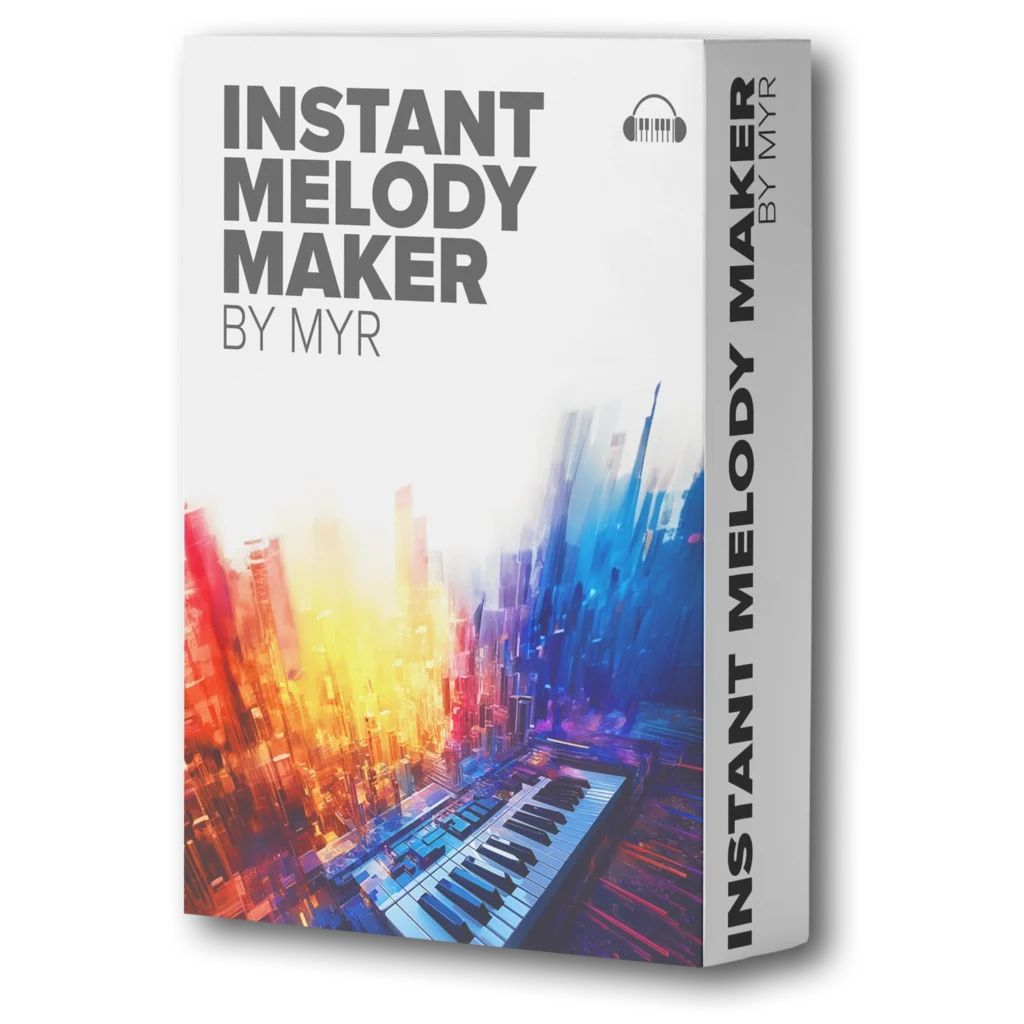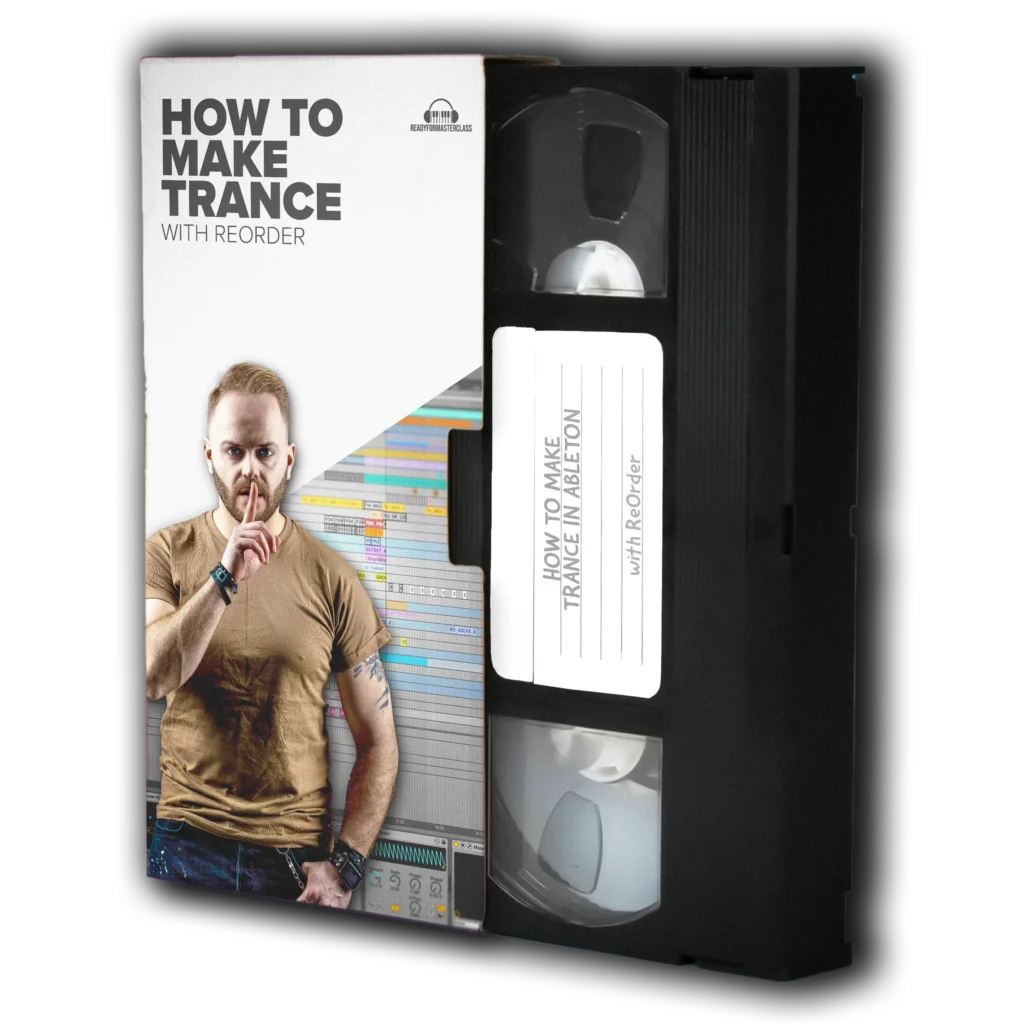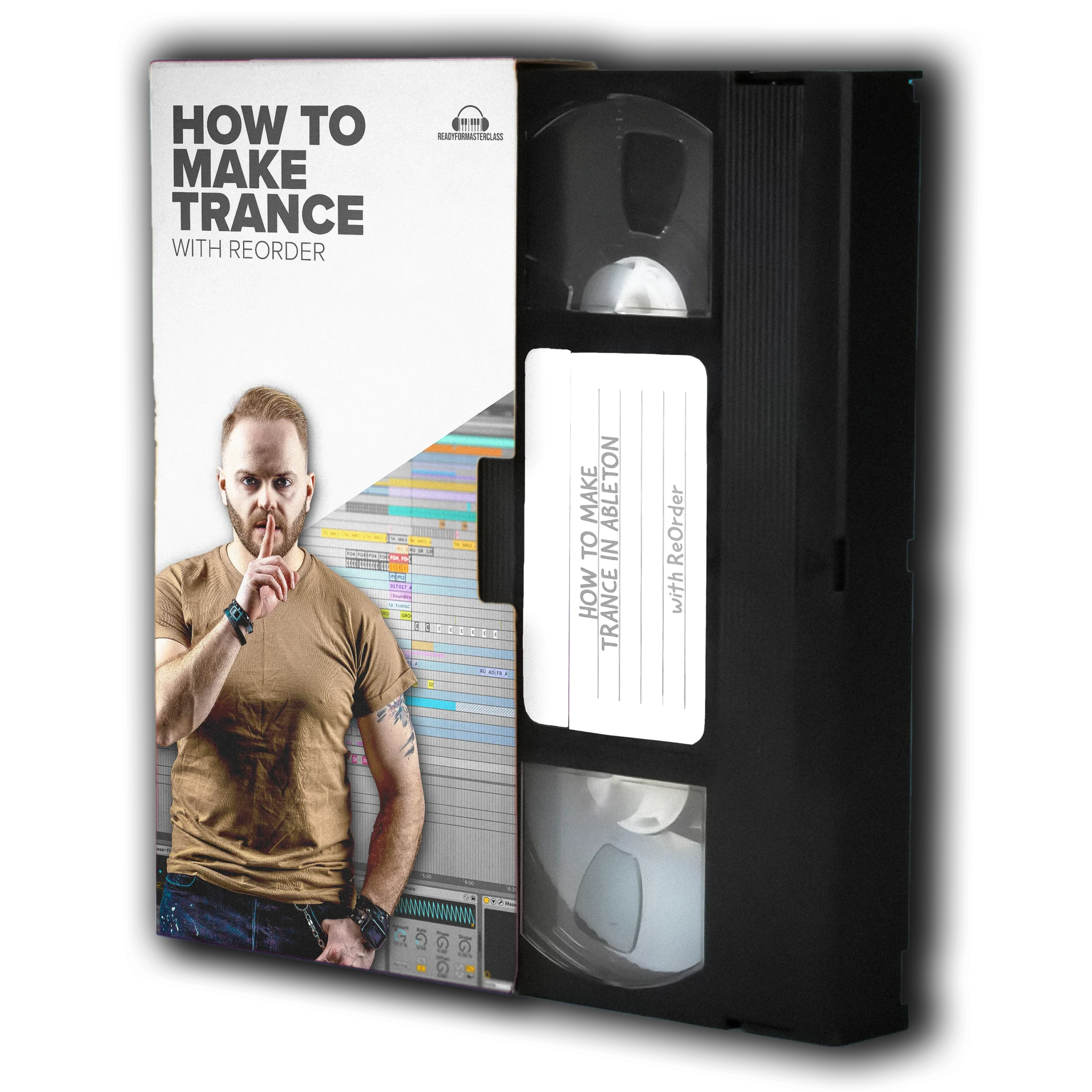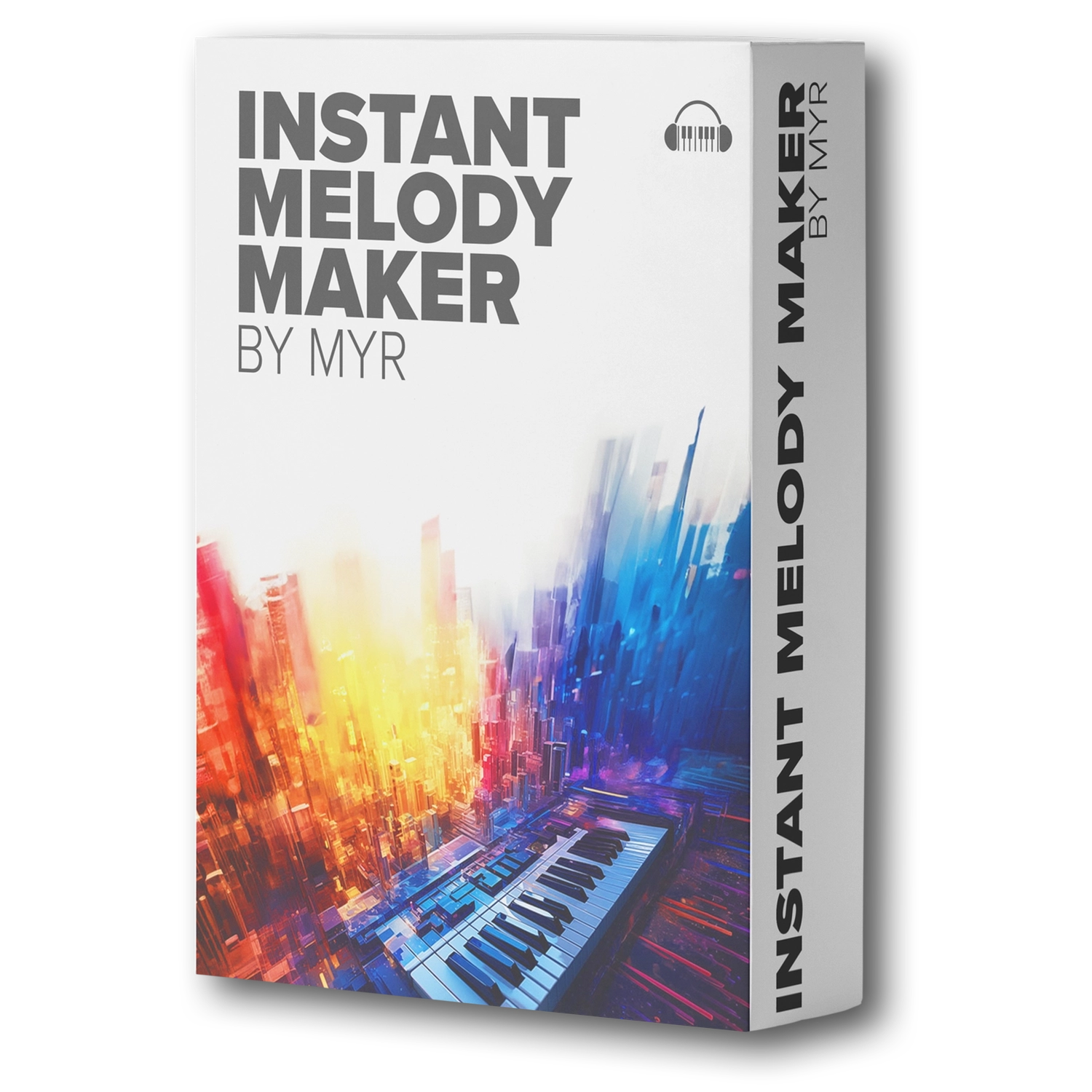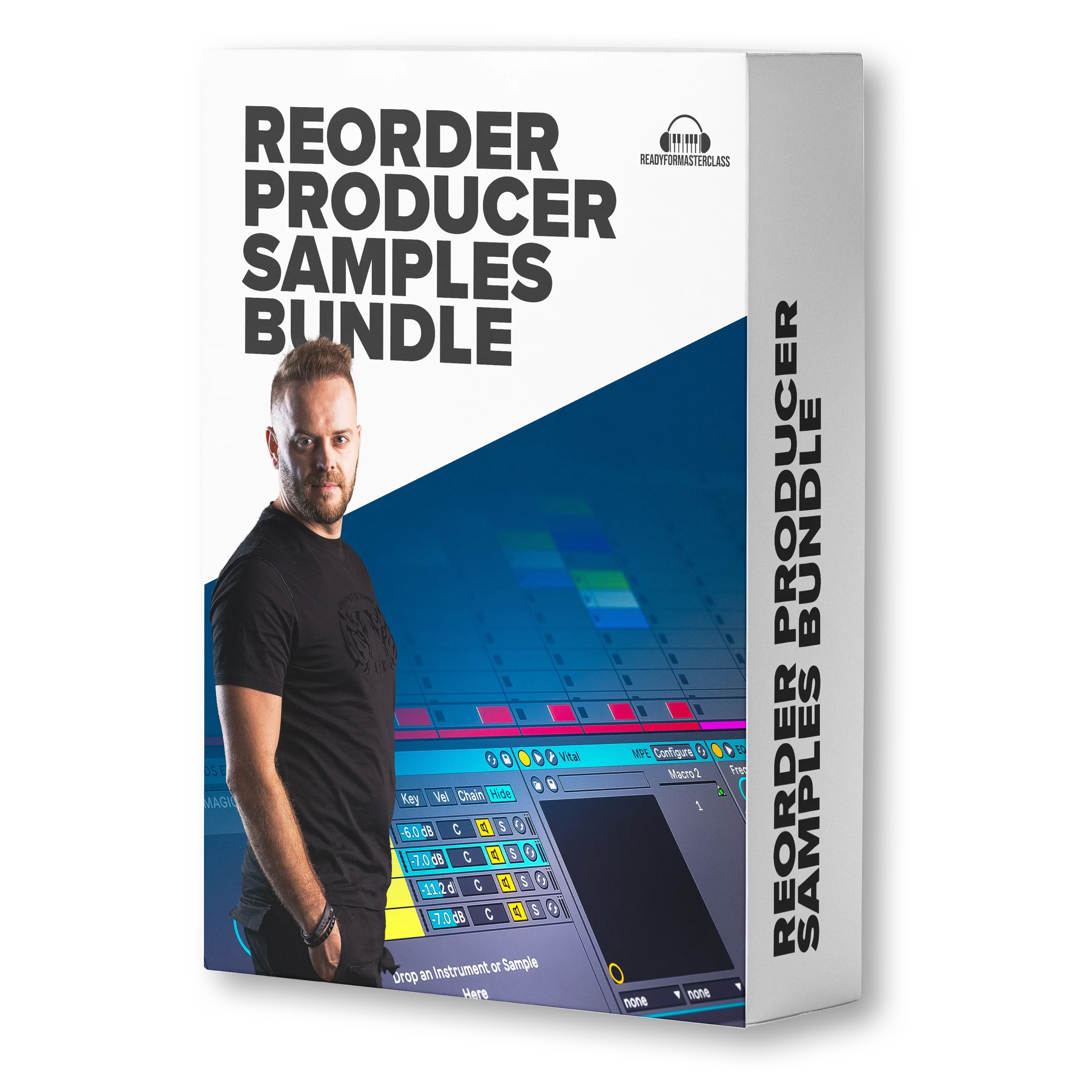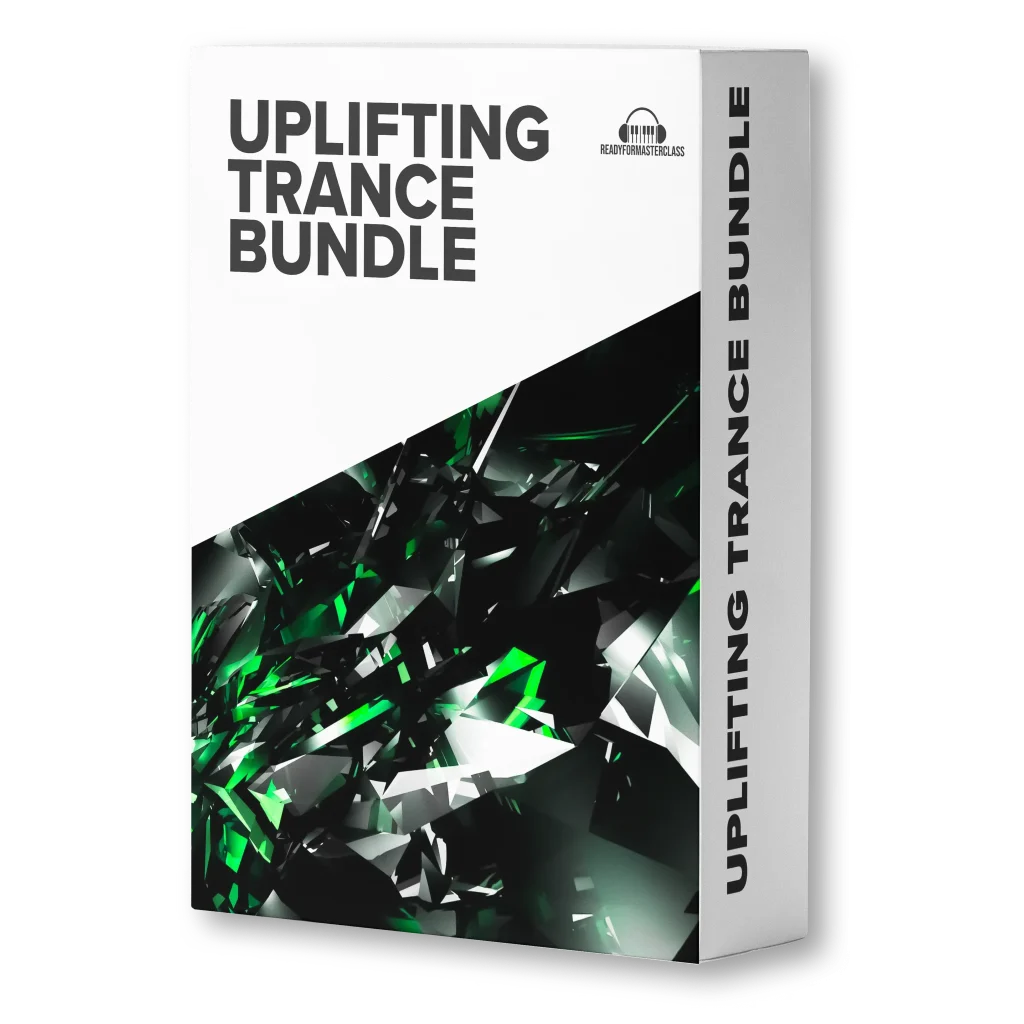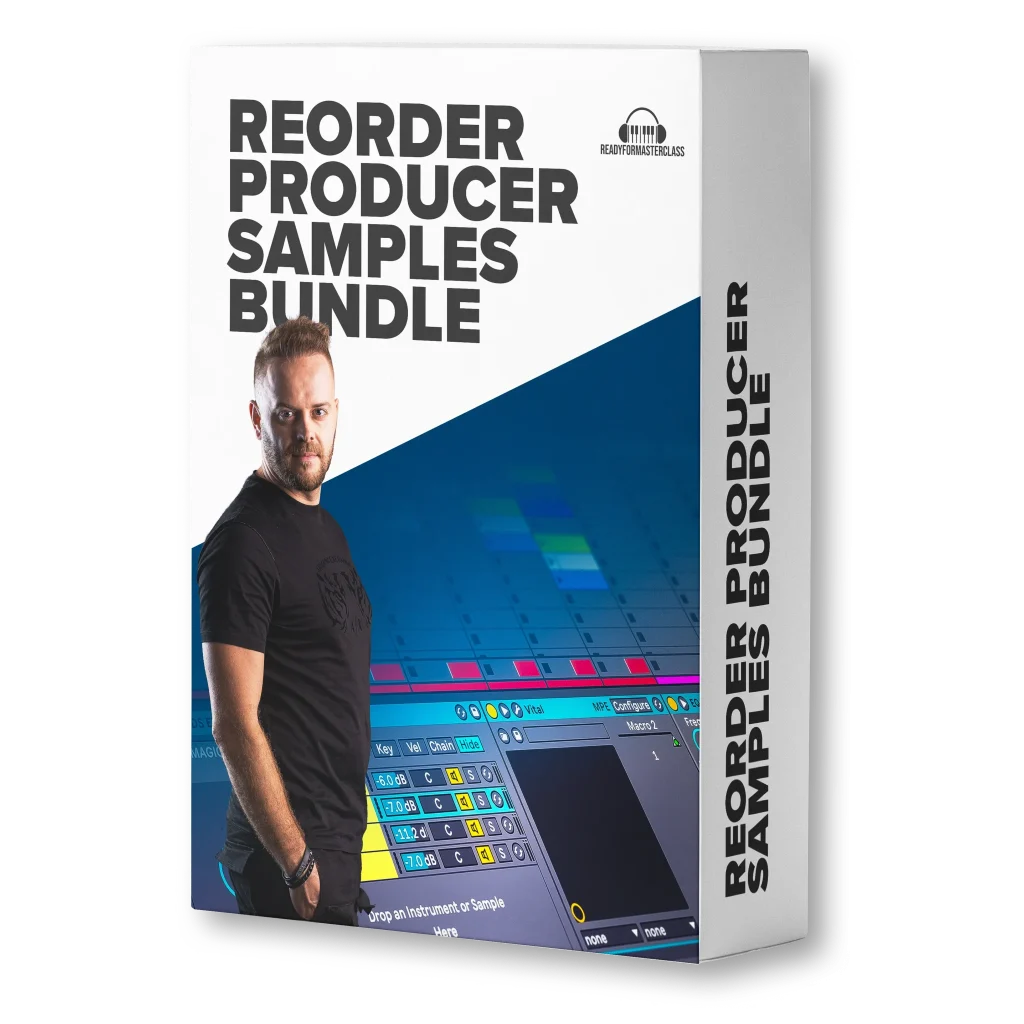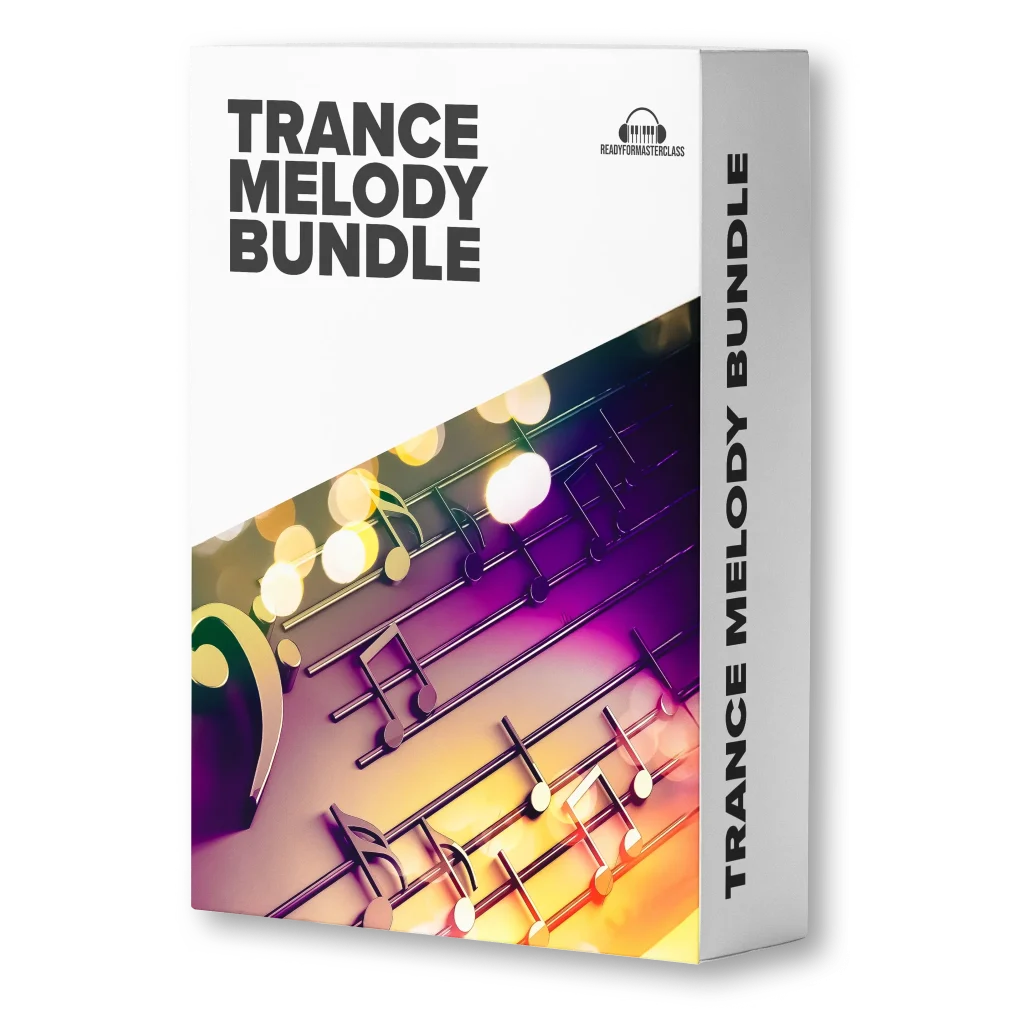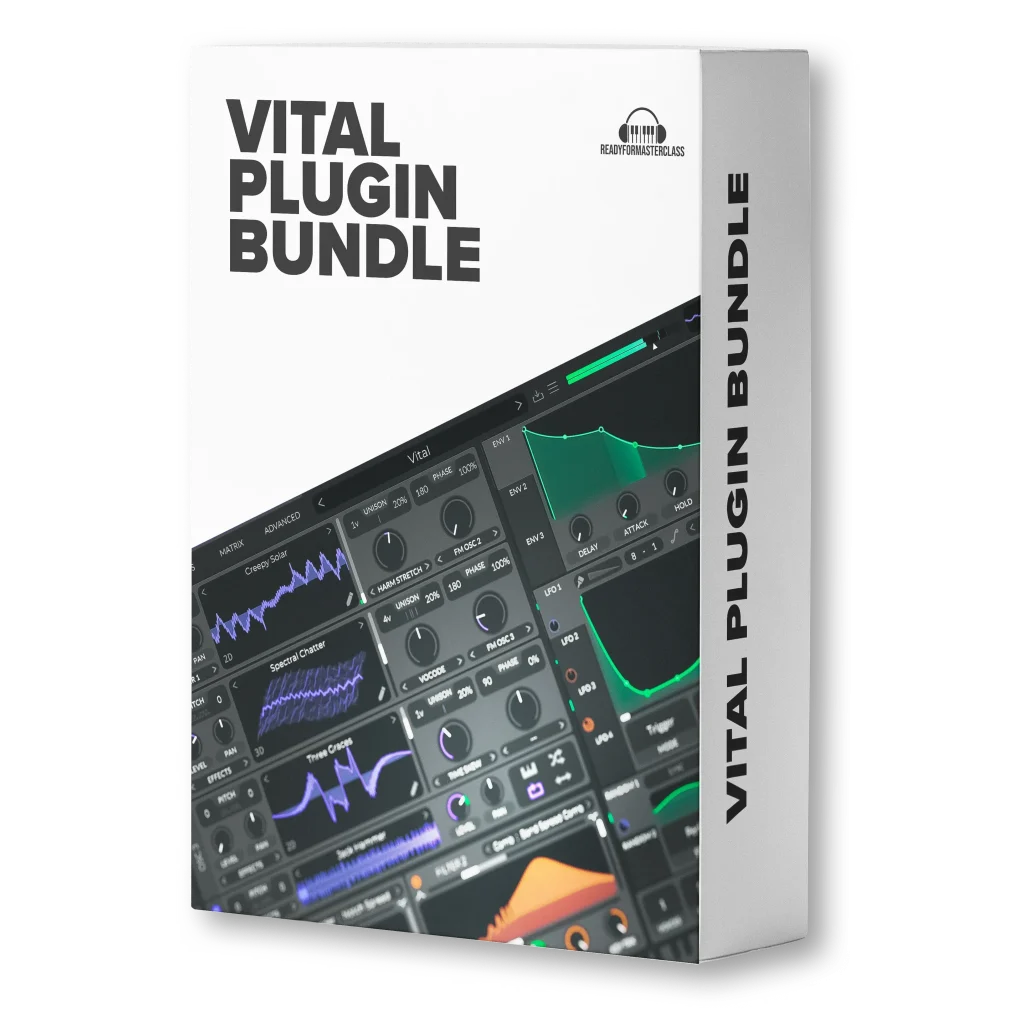Your Trance Tracks, Transformed
Master Trance Production with ReOrder
Finish Release-Ready Tracks in Weeks
Stop struggling alone – get insider techniques from a world-touring trance artist. Courses, templates, and sample packs designed to level up your sound.
The ultimate solution for trance producers
Contemporary Trance Melodies vol. 1 by Driftmoon
Big, captivating melodies and lead sounds in minutes
24,99
Stop wasting precious studio time. Let Contemporary Trance Melodies vol. 1 streamline your creative process so you can focus on what truly matters!
A chance you've been waiting for
HOW TO MAKE TRANCE - LEVEL PRO
Act Fast – Enrollment Closes May 23rd, 2025!
There are only 50 spots available, and they’re going fast.
Don’t miss this chance to uncover the secrets of pro trance production – reserve your place now!
PREORDER NOW FOR ONLY €69.99 | AVAILABLE MAY 23. 2025
Trusted by
Insights from Students
Our clients appreciate us—check out their feedback.

Alan Fullmer
(AVA Recordings, Reverie Sounds)
When I began ReOrder’s training, I wasn’t entirely sure what to expect. It didn’t take long, however, for me to realize that his mentorship was exactly what I needed to refine and elevate my production skills. ReOrder’s teaching style was refreshingly direct and straightforward—no fluff, just straight to the point. His expertise and confidence in breaking down his methods not only equipped me with valuable know-how but also ignited a spark of self-assurance in me, something I’ll carry throughout my career.

Neil Hunter
Music Producer, DJ - A State Of Trance, Reverie Sounds
“When I started Music Production with Tibor I could hardly put a track together & now I’m finishing tracks and getting signed to labels. Tibor is an amazing producer & he translates that very well into his tutoring. His way of teaching is great & if something is not sitting right in the track then he explains very well how to fix it. Very grateful for what Tibor has done for me & my music career.”
What’s in it for me?
Learn from
ReOrder
International Trance DJ & Producer with 25+ years of experience.
Get Instant
Results
No one has time for fluff – we get straight to what works.
Highest Quality
Products
We make templates, samples and presets you will use daily.
Free Tips &
Updates
Production tips, free samples, and exclusive discounts.
Where To Start
Free Intro Course:
"Your First Track”
Get a taste of pro-level production without any risk. Jumpstart your journey with free lessons that cover the basics of trance composition.
Signature MIDI Pack: Instant Melody Maker
Instantly spark new ideas with expertly crafted chord progressions and melodies designed for uplifting, progressive, and classic trance.
How to Make Trance with ReOrder
Transform your ideas into label-ready tracks with step-by-step guidance with ReOrder. Perfect for intermediates aiming to go pro.
Templates & Project Files
Kickstart your track with fully arranged project files. Customize drum patterns, melodies, and FX to get pro results faster.
Why I Started ReadyForMasterclass?
Why ReadyForMasterclass? – A Note from ReOrder
When I started making music, I struggled with learning production from scratch. There was no YouTube, no internet—just endless trial and error. I built my courses and packs to save you from the same frustrations, offering no-BS, practical training that gets you real results. Every course is crafted with care to show you how music is meant to be made—with ease and joy!
I’m ReOrder, a trance DJ and producer with over 25 years of experience in the music industry. I’ve performed at international festivals like Tomorrowland, Trance Energy, Transmission, Luminosity Beach Festival, Beyond Wonderland, released tracks on major labels like Armada Music, FSOE, Blackhole Recordings, and remixed/collaborated with some of the biggest names in the scene such as Armin van Buuren, Ferry Corsten, Aly & Fila, Gareth Emery, MaRLo, and many others. Every challenge I faced along the way taught me invaluable lessons about creating music that moves people.
ReadyForMasterclass was born from my passion for music and a genuine desire to help aspiring producers avoid the pitfalls I once encountered. Here, you’ll find straightforward, step-by-step lessons and quality resources that cut through the clutter. I believe that producing great music should be fun and inspiring—not frustrating.
Join me on this journey, and let’s make music that moves the world together!
Why I Started ReadyForMasterclass?
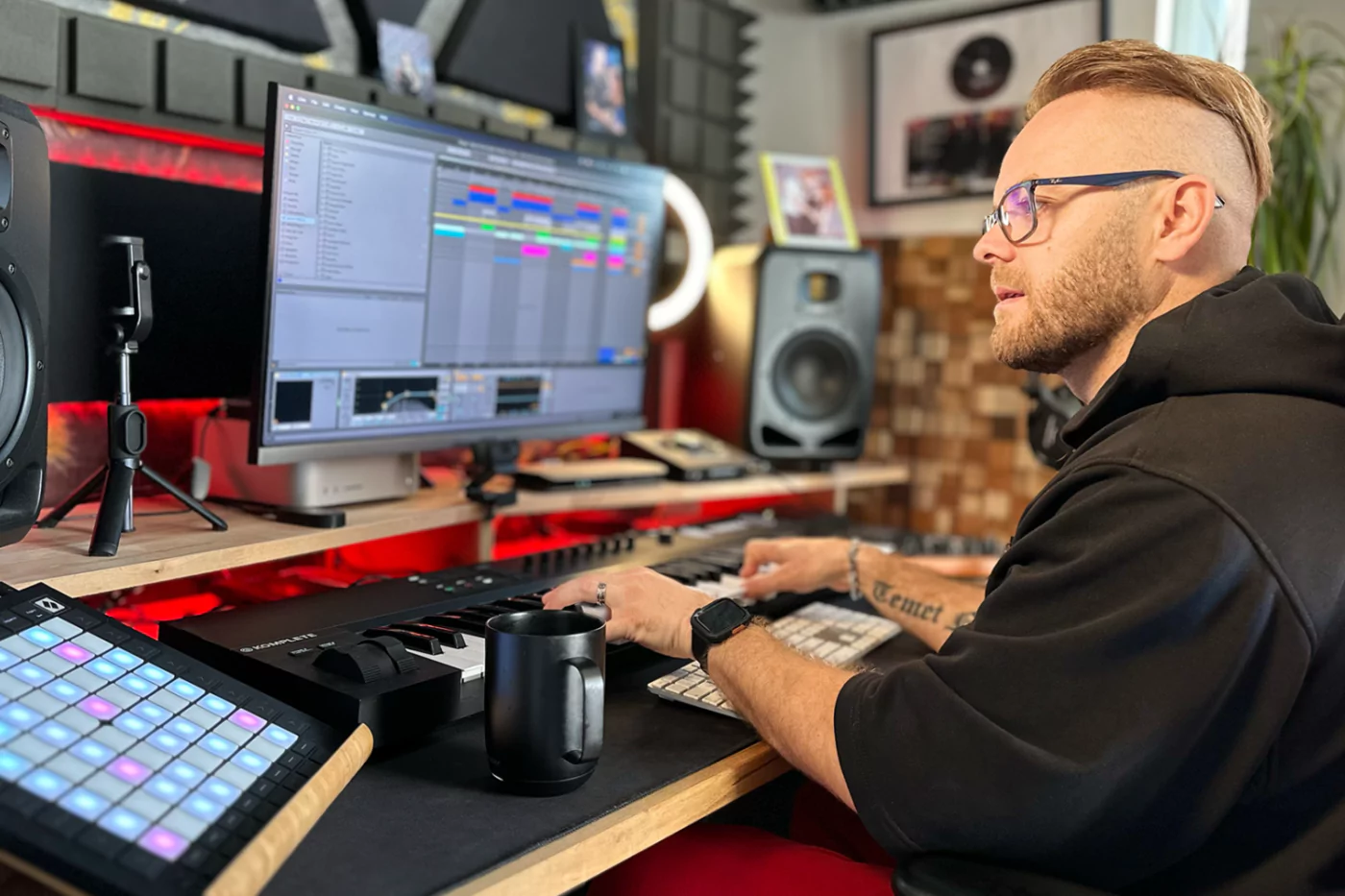
Why ReadyForMasterclass? – A Note from ReOrder
When I started making music, I struggled with learning production from scratch. There was no YouTube, no internet—just endless trial and error. I built my courses and packs to save you from the same frustrations, offering no-BS, practical training that gets you real results. Every course is crafted with care to show you how music is meant to be made—with ease and joy!
I’m ReOrder, a trance DJ and producer with over 25 years of experience in the music industry. I’ve performed at international festivals like Tomorrowland, Trance Energy, Transmission, Luminosity Beach Festival, Beyond Wonderland, released tracks on major labels like Armada Music, FSOE, Blackhole Recordings, and remixed/collaborated with some of the biggest names in the scene such as Armin van Buuren, Ferry Corsten, Aly & Fila, Gareth Emery, MaRLo, and many others. Every challenge I faced along the way taught me invaluable lessons about creating music that moves people.
ReadyForMasterclass was born from my passion for music and a genuine desire to help aspiring producers avoid the pitfalls I once encountered. Here, you’ll find straightforward, step-by-step lessons and quality resources that cut through the clutter. I believe that producing great music should be fun and inspiring—not frustrating.
Join me on this journey, and let’s make music that moves the world together!
What are Professionals Saying
Insights from Artists

Ilan Bluestone
Music Producer, DJ - Anjunabeats
“Absolutely loving these presets from the first few acid line presets! They sound fantastic and have a really analogue feel to them. I think you could write a smash hit record just from using these sounds alone.”

AVIRA
Music Producer, DJ - Armada Music
“Dune 3 is a super unique instrument, and this pack makes it easy to see why. Getting my ideas out fast is crucial to making music for me and these guys just made my life easier.”
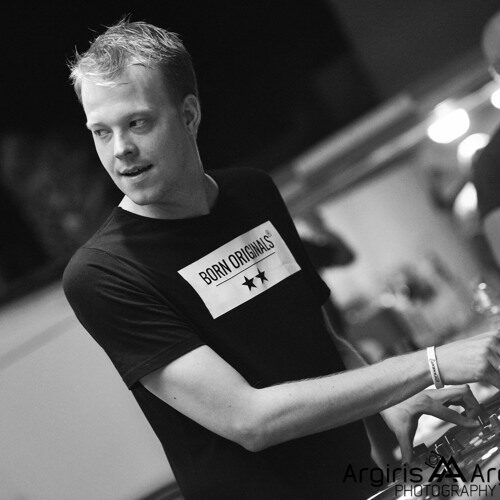
Ruben De Ronde
Music Producer, DJ - A State Of Trance
“Tibor once again proves he is one of the best sound-engineers out there. Simply opening this bank got me inspired and get through a rough spot in a track I was stuck in. Thanks guys!!”

BLR (Leon Bolier)
Music Producer, DJ - Armind, Spinin'
“Diva Presets vol. 01 is a Huge bank! Definitely a lot of useful sounds in there!”
BEST SELLERS
Products our students love
How to make Trance Music with ReOrder
Are you passionate about trance music? Want to create your own uplifting trance single? You’re in the right place! ReOrder’s 2.5-hour masterclass is your perfect guide. This course is fun and easy, just like music production should be.
Instant Melody Maker by MYR
A groundbreaking toolkit designed to get you headlining at major festivals as fast as possible. This exclusive collection includes an impressive arsenal of creative tools, ensuring you never face the challenge of a creative block again.
ReOrder Producer Sample Packs
Get the ultimate trance & techno Packed with 1.6GB of high-quality samples, including punchy drums, driving basslines, FX, melody kits, and signature soundsfrom ReOrder’s top releases. This bundle is a must-have for serious producers!
